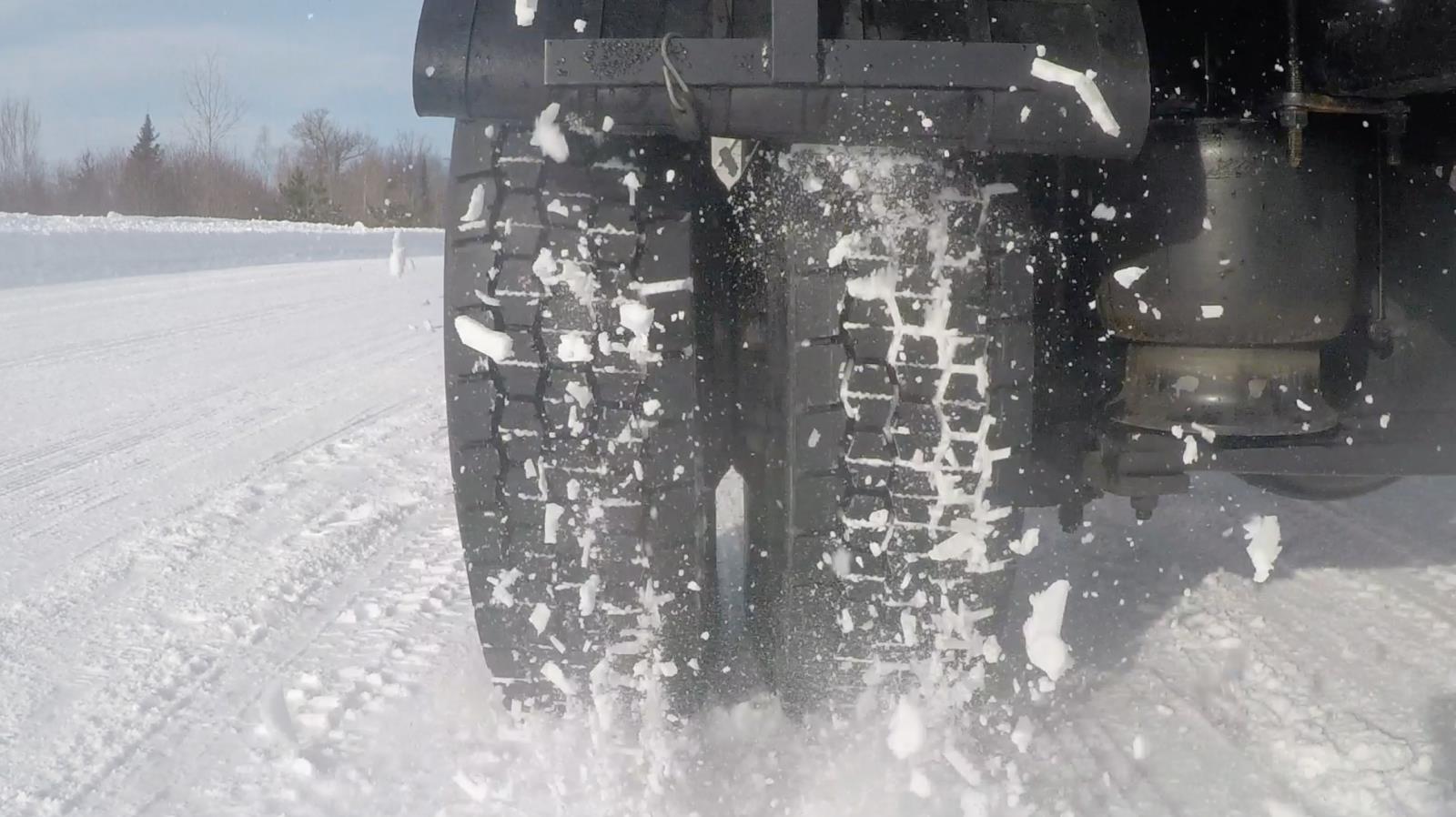Many fleets don’t do a great job at tire inflation management. And the industry knows there’s little point in looking to drivers for help in the matter, so what’s left to do? Enter technology.
Automatic tire inflation systems have been on the market more than a decade now, and tire pressure monitoring systems nearly as long. Both bring proven return on investment (ROI) to the table, and both eliminate most of the chore associated with maintaining optimum tire pressure, according to industry technicians.
And given the number of factors worth considering, automating the process makes even more sense. Many fleets choose 100 pounds per square inch (psi) as an arbitrary but safe pressure, but it may not be ideal.
“There are several variables that fleets consider when setting a standardized pressure, including ambient temperature changes, vehicle speed and, of course, load,’’ said Donn Kramer, director of product marketing innovation for Goodyear Commercial Tire Systems. “A tire with an initial cold inflation pressure of 100 psi at 60 degrees Fahrenheit ambient temperature will experience a 2-psi change for every 10-degree Fahrenheit change in ambient temperature. And fleets operating at 66 to 70 miles per hour (mph) should increase their tires’ cold inflation pressure by 5 psi.’’
That’s a lot for a fleet manager or a driver to consider. Most of the automatic inflation systems can maintain a preset pressure — emphasis on preset, because the fleet can set a precise target pressure rather than an arbitrary pressure.
“No matter the minimum or maximum pressure selected by the carrier, most automatic tire inflation systems can maintain that pressure,’’ said Bob Montgomery, vice president of intelligent transportation systems at Stemco. “The pressure regulator in the Aeris system, for example, is adjustable up to the pressure in the brake air tank, and will inflate to the pressure set point as long as there is sufficient air in the brake system.’’
Enjoying our insights?
Subscribe to our newsletter to keep up with the latest industry trends and developments.
Stay InformedKramer also notes that maintaining the same pressure across a set of dual tires is an excellent way of minimizing irregular wear, and ATIS systems manage that, well, automatically.
The risk there, according to Matt Wilson, controls business unit manager at Hendrickson, is with unequal loading across the tires. The harder of the two does most of the heavy lifting, while the soft tire flexes its way to an early grave. You end up damaging two tires because of a single problem.
“Equalizing the pressure across duals, as well as maintaining optimum pressure by bleeding off excess pressure due to changes in ambient temperature or operational temperature, helps prolong tread and casing life,’’ Wilson said.





















